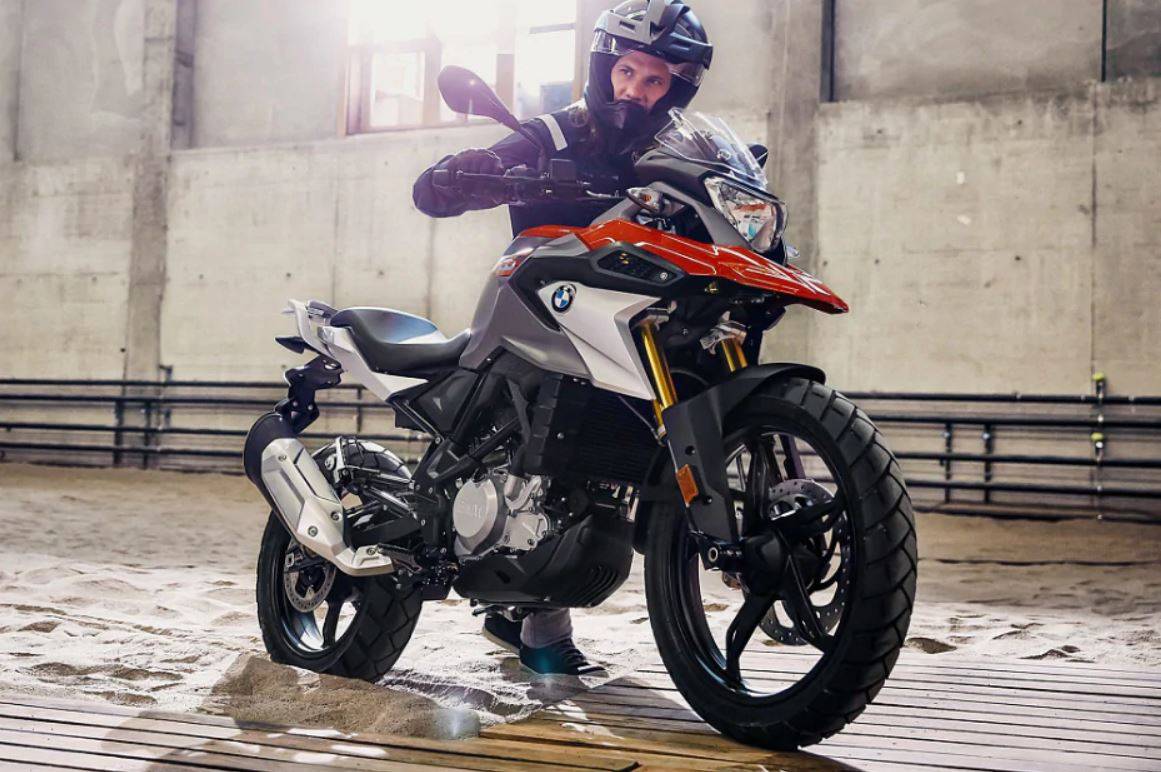BMW G 310 GS vs Royal Enfield Himalayan - Which One’s More Capable?
Modified On March 20, 2019 13:29 IST
By Praveen M. for BMW G 310 GS
- 8315 Views
We pit two of the most affordable entry-level adventure tourers against each other spec-wise, to see which one has more potential off the road

Adventure tourers are one of the motorcycles that appeal to two-wheeler enthusiasts the most because of their inherent capability to go anywhere. Moreover, motorcycling is all about freedom and ADV bikes seem to be the right type of steed which will be your trusty companion in your two-wheeled adventures. BMW Motorrad launched its most affordable GS, the G 310 GS, recently. Here’s how it performs against the already-existing Royal Enfield Himalayan, on paper:
Design:

One glance at the BMW G 310 GS and you’ll immediately recognise the legendary GS genes running through the motorcycle. The front beak, muscular fuel tank, shapely seat ending with a high-set luggage rack at the rear are all reminiscent of the bigger bikes in the product family. However, the amount of plastic on the motorcycle may deter hardcore enthusiasts from getting their bikes ‘dirty’, at least in stock condition. The Royal Enfield Himalayan on the other hand has an extremely no-nonsense design and the honchos at Royal Enfield have clearly given more importance to function than form here. There are metal protectors on the sides of the fuel tank which also double up as a mounting point for jerry cans. The tail rack is slightly smaller compared to the GS’ but Royal Enfield offers the option of installing saddle stays for hard panniers as well.

This doesn’t mean that all hopes are lost on the BMW. The German marque will be bringing in a full range of accessories for the GS as well, which should make the bike more practical. In their international catalogue, BMW is offering a 30-litre waterproof lockable hard top box, a smaller top box of 29 litres, inner bag for top box, a 13-20 litre tank bag, 15mm lower / higher seat than the standard one, LED indicators, smartphone cradle and a range of BMW navigation devices. Expect at least most of them to be offered for the Indian market eventually. Of course, these accessories are expected to be priced at a relatively more premium compared to the Himalayan’s.
Instrumentation:

The BMW G 310 GS comes with a fully digital console which has dual tripmeters, coolant temperature, range, average and current fuel consumption, average speed, date apart from the regulars like speedo, tacho and the likes. The Royal Enfield Himalayan on the other hand gets an analogue-digital combo cluster with a digital compass as well. The digital inset features an external temperature readout, dual tripmeters with their average speeds, maintenance indicator, clock, apart from speedo, odo, gear indicator, etc. Overall, both the motorcycles are well-equipped to keep the rider informed about various parameters during the ride.
Powertrain:

Being the more expensive one, the BMW G 310 GS also has the more modern 313cc single-cylinder liquid-cooled engine compared to the Himalayan’s 411cc single-cylinder motor with air cooling and an oil cooler. Let’s get the power differences away first: 34PS at 9500rpm and 28Nm at 7500rpm with 6-speed transmission for the GS and 24.8PS at 6500rpm and 32Nm at 4250rpm coupled with a 5-speed gearbox. The Beemer seems to be more power-biased in comparison to the torque-heavy Himalayan.

Another distinguishing point is that with sophistication comes complication. Though the G 310 GS may be more powerful, there are more chances for things to go wrong when pushing the motorcycle to its limits. Notwithstanding the Himalayan’s notoriety for quality, the simpler construction of its engine would make it relatively easier to repair than the GS. Moreover, you get the assurance of knowing that there are hundreds of Royal Enfield service centres located across India, compared to only seven dealerships (7 at present, 2 more upcoming) in the entire country for the BMW!
Underpinnings:

The Himalayan rolls on 41mm telescopic forks with 200mm travel up front and a linked monoshock with 180mm wheel travel. The baby GS features a more sophisticated 41mm inverted forks and a preload-adjustable monoshock at the rear, both offering 180mm travel. Going by the two bikes’ suspension, the Himalayan seems to be the more capable one when going off the road. Moreover, the Himalayan’s rudimentary telescopic fork setup can handle oil leaks much better than the GS’ advanced inverted forks. Though both the bikes come with dual-purpose tyres, Himalayan's spoke wheel setup can take up shock loads much better than rigid road-biased alloy wheels of the G 310 GS.

However, with a 300mm front and a 240mm rear disc with dual-channel switchable ABS, the GS seems to be the safer bet than the Himalayan, considering the latter comes with the same disc size but without ABS. The GS also features radial callipers as opposed to the Himalayan’s traditional unit.
Verdict:

Coming to the pricing, the BMW G 310 GS costs a whopping Rs 3.49 lakh whereas the Himalayan will set you back by Rs 1.68 lakh, both ex-showroom Delhi. The amount of features the GS offers doesn’t exactly justify the fact that it costs more than twice the price of the Himalayan. Sure, it’s about snob value, but for the hardcore adventure enthusiast, that’s not exactly a priority. The Himalayan on the other hand may come with its own set of niggles, but for the price, it still stands unbeatable, at least in the Indian market. The upcoming KTM 390 Adventure will surely make things more interesting!
